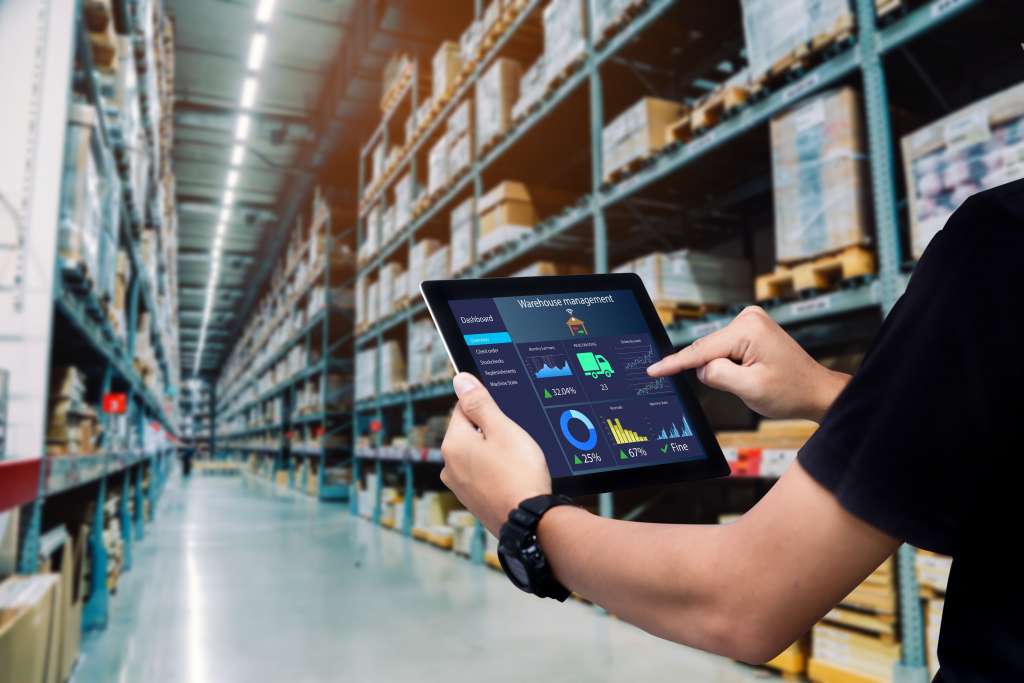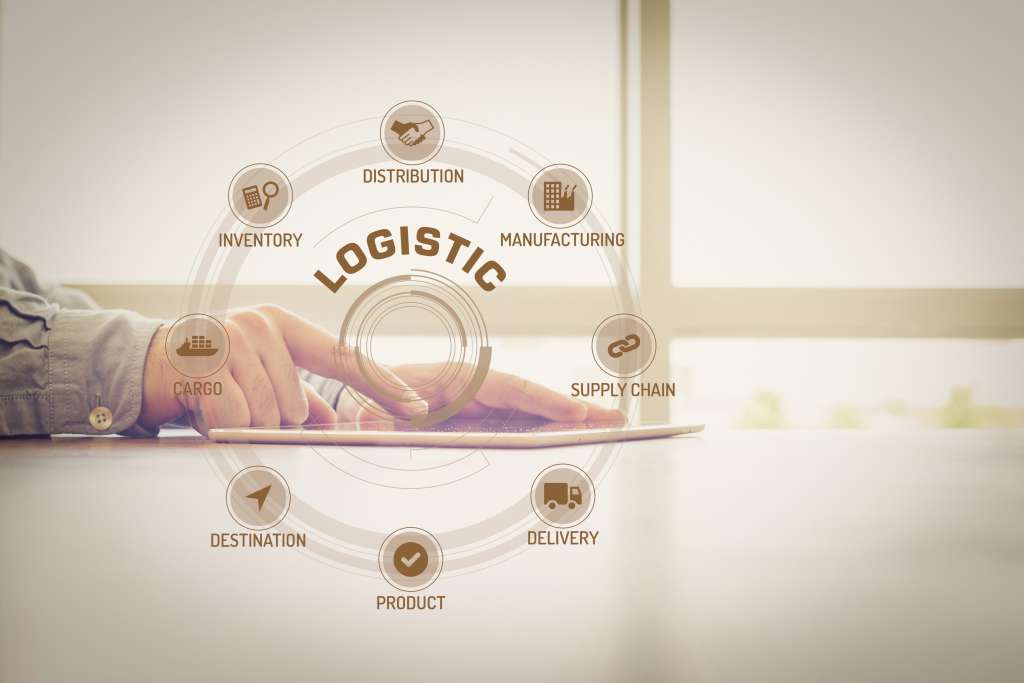Digital Disruption of Logistics and Supply Chain Management



Summary: Logistics and supply chain are terms that have often been used interminably. If the supply chain is more about giving a cutting edge to the brands, logistics fulfills the demands of the customers. The new digital shift is redefining the supplementary role of logistics in the entire supply chain.
The pandemic and other global events have brought the logistics and supply chain of the fashion industry to the center stage as never before. In fact, it exposed the systemic faults of the overstretched systems and forced the companies to rethink logistics and supply chain management structures.
What is Supply Chain Management (SCM)?
The supply chain, as we understand it today, is the convergence of various processes to accomplish a task, say, making a garment and selling it to an end customer. Managing these varied processes in an optimized manner constitutes supply chain management. It is usually the size of the company that decides the complexity and diversity of the supply chain. Normally a small company may be dealing with one warehouse and a couple of distributors to reach the customer. On the other hand, for bigger companies, it may involve several warehouses in different locations, third-party logistics, and ports, inventory management, fulfillment centers, etc.
What is logistics management?
Logistics is about moving the goods from one process in the supply chain to another in the most optimized manner. Logistics is, in fact, a component of the supply chain that plans, executes, and controls forward and reverses the flow and storage of goods, services, and related information between the brand and the customer. That way, logistics just happens to be a part of the supply chain and a vital one at that for the entire SCM to work smoothly.
The processes in the supply chain --purchasing of raw materials, material handling, logistics, transportation, and inventory control -- have continued to evolve, causing many of the functional areas to intersect with each other. It is often difficult to say clearly where one process ends and the other begins. This has led to blurred definitions and usage of terms like logistics and supply chain management.

Digital disruption to the supply chain
The distinction is getting hazier as the digitalization of the supply chain is integrating all the tasks and making data-driven decision-making along the value chain a reality. In the new brave world, the old system is giving away and evolving into a new flexible and agile system that can efficiently respond to any future uncertainty. We are moving towards a logistics and supply chain management that is:
- Connected: The flow of information within the connected devices, systems, and processes
- Visible: The real information flow, visible in real time to stakeholders
- Automated: Replacing manual, repetitive work with robots
- Smart: Incorporation of high-speed, real-time analytics into the system
The Forbes Insight and Cognizant Technology Survey revealed that the small numbers of companies that have moved ahead in the digital curve are far ahead of those which lag in terms of competitive advantage and growth.
Initially, in the digitalization process, the focus is on cost-saving and achieving efficiency. Still, as companies progress on the path, the accruing competitive advantage and growth shall define their goals.
The new logistics and supply chain playbook
The pandemic added to the supply chain woes, but the fault lines have been developing for a while. The concentration of manufacturing on a few geographies, stretched supply chain, shorter product cycles, and little transparency, and traceability in the supply chain, all called for much-needed sanitization, Technology adoption promises visibility and transparency to the supply chain.
The port bottlenecks and inventory see-saw exposed the fragility of the logistics and the disconnect within the supply chain network. Fashion brands need real-time information about where the goods are moving up and down the value chain to break away from just-in-time inventory management. Logistic companies that increase the deployment of AI and robotic technology and manage their warehousing capacity or dry ports shall have a distinct advantage.

Equipping supply chain players with higher-quality data, tools that automate mundane and repetitive tasks, and technology to drive better decision-making are part of the new playbook for logistics and supply chain management.
Invest in supply chain talent
As the new SCM takes shape, there shall be a requirement for the talents and skills to plan, analyze and manage the digitalized supply chains of the future. Companies need to invest in new talent and nurture them to deal with supply chain uncertainty in a better manner. The up-skilling and re-skilling of the existing employees will be required, from planning, analytics, and product development to logistics, if the companies aim to retain the competitive advantage.
Align with supply chain and logistics platforms
There are quite a few new-age companies offering logistics and supply chain solutions on a platform. Mid and small-size companies could benefit from the artificial intelligence and analytics-driven services that offer speedy and optimized logistics solutions.
The pandemic has thrust logistics and supply chain management to the forefront. Fashion players are realizing that this could be the biggest drag on their business if they continue to neglect it. Companies that benefit from the evolution of the supply chain would embrace innovation and use it to their advantage.
Fashinza is an agile platform transforming the way data is shared between supply chain partners in a global fashion chain, making it possible for brands, manufacturers, and logistic partners to operate seamlessly.

Partner with Fashinza for the production of your latest collection.
Key Takeaways:
1. New tools increase visibility and enlarge the value of the supply chain
2. The flow of data across the value chain is making logistics more responsive.
3. Companies need to invest in new talent and nurture them to deal with supply chain uncertainty in a better manner.



















